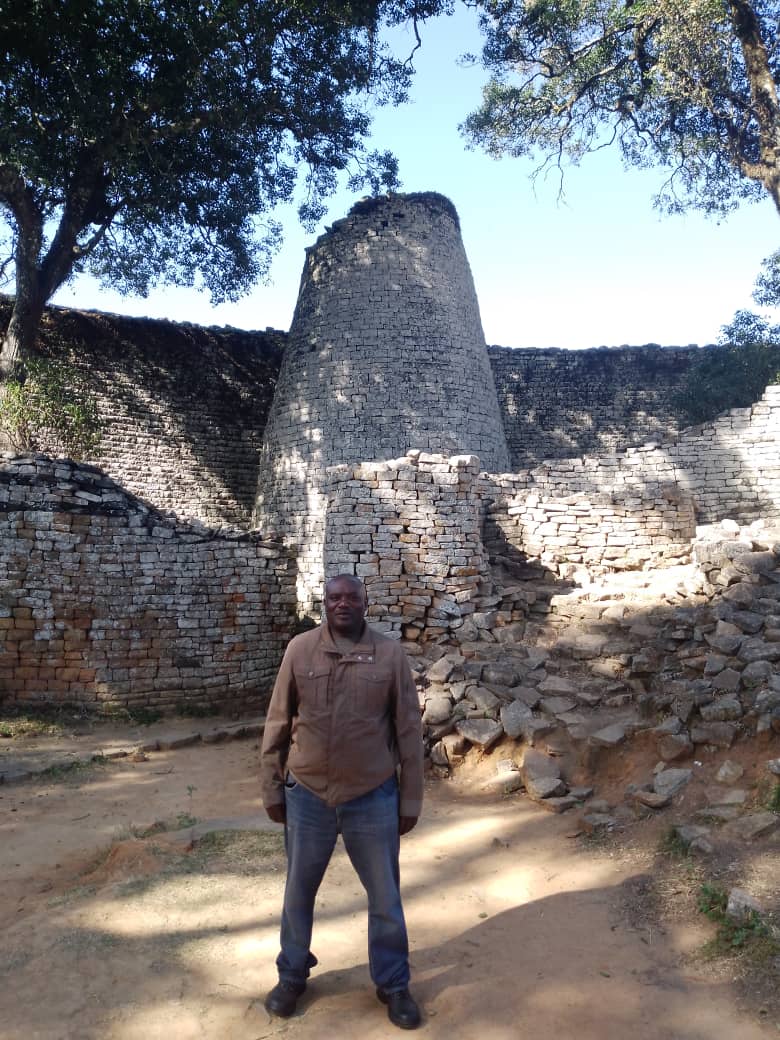|
Getting your Trinity Audio player ready...
|
The Great Zimbabwe cultural heritage site plays a pivotal role in the revival of the country’s tourism sector post-CoVID-19 and beyond, the National Museums and Monuments of Zimbabwe (NMMZ) reckons.
Mr. Lovemore Mandima, the Regional Director for NMMZ Southern Region in an interview with Spiked Online Media, said Great Zimbabwe is indeed great as the name suggests.
“The greatness of Great Zimbabwe is seen by giving its name to such a beautiful country as Zimbabwe. It is arguably the only known cultural heritage site that has given its name to a great nation worldwide. Great Zimbabwe is ranked fourth globally in terms of ancient civilization sites with the Great Wall of China coming first. The Egyptian pyramids are second, and the Machupicchu of Peru is third,” Mr. Mandima said.
Dr. Tawanda Mukwende, the Curator of Archaeology at Great Zimbabwe said in terms of dry stone walls, Great Zimbabwe is considered the mother of them all with over 200 drywall sites spread around Zimbabwe.
He said dominant scholarship suggests that Mapungubwe was a precursor to Great Zimbabwe. However, new scholarship and evidence from the two sites suggest that the two capitals must have co-existed for some time.
“Such dry stone walls are also found in Mozambique, South Africa, and Botswana. In terms of geographic spread and beauty and longevity of Great Zimbabwe, one would qualify it to be in its own right a civilization, in the same manner, one would consider the Egyptian and Roman civilizations. In its heydays, it is believed that Great Zimbabwe had about 25 000 inhabitants,” he said.
Mr. Mandima said because of its significance, Great Zimbabwe was declared a national monument in 1937 and proclaimed world heritage site in 1986.
“What this recognition implies is that indeed Great Zimbabwe is not just a gift to the local community but a gift to the nation, region, and the international community. We call upon all of us to embrace this site as a beacon of world heritage and a must-visit tourism site of international significance.
“The 1986 proclamation to world heritage status was due to the outstanding universal values which it has. Historically, religion amongst other factors played a very important role in the growth and stability of Great Zimbabwe. Even today religion plays a very important role. During the liberation struggle against the sadistic Ian Smith regime, fighters were guided by spirit mediums who were so much influenced by the spirituality drawn from Great Zimbabwe and other such sites as Njelele. When Zim attained independence, Great Zimbabwe gave the country its name,” Mr. Mandima said.
In the 1987 Unity Accord between ZANU and PF ZAPU, the conical tower was part of the sign in the pact. The Zimbabwe bird is a national emblem drawn from Great Zimbabwe whose contribution to economic development is immense. The heritage site is arguably second in terms of prime tourism destinations after the majestic Victoria Falls.
Great Zimbabwe is a key tourist destination that should contribute immensely to provincial and national GDP. It is a site that greatly assists in improving the lives and livelihoods of the local community.
“This is evidenced by the engagement of various local communities at the site. More than 3/4 of the workforce is drawn from the local community. We offer periodic activities requiring labour from locals. From December to April each year, there is grass cutting in which locals are engaged. Great Zimbabwe is 720ha in size and one can see that there is massive work required in cutting the grass. From July to August, massive fire guards are created around the site. The community also harvests thatch grass from monuments.
“In times of need like funerals and community functions, they access dry firewood in an organised way. About 20 pupils from needy communities have their secondary level fees paid. The tenants at the Shona villages come from local communities. They sell various wares. Arguably area around Great Zimbabwe is dotted with hotels and lodges. The locals get clientele from visitors,” Mr. Mandima said.
He thanked various players and partners whose contributions help in preserving and conserving Great Zimbabwe. Chief among the critical stakeholders is the Government that is providing support in the management of Great Zimbabwe.
Mr. Mandima paid tribute to the American Ambassadors Fund for Cultural Preservation (AFCP) which provided funding to the tune of US$475 000. The signing for the funds was done on 6 November 2018 and the project kicked off in 2019 and was supposed to end in 2020 but was affected by COVID-19. In 2020 nothing took place and the project was resumed end of 2021 and is expected to end in 2022.
The Project covers 3 components of conservation, the removal of lantana Camara Invasive species, and the installation of the electronic wall monitoring system.
Mr. Mandima also alluded to the GZ Development Project in partnership with the French Development Agency which is meant to enhance Great Zimbabwe as an international tourist destination. It covers four main areas.
These are documentation and conservation; improvement in the interpretation and visitor facilities; commercial management and marketing of the site; and community-based and territorial level management solutions.
Under Great Zimbabwe’s 2040 Vision “Great Zimbabwe is a UNESCO World Heritage Site of outstanding tangible and intangible cultural significance and high tourism attractiveness, inserted within a broader tourist destination and a protected and dynamic landscape, where sustainable human activities contribute to the authenticity of the place while generating economic outcomes for local communities.”
Within the project, NMMZ is the owner of the project and is supervising every activity. On the other hand, UNOPS is the implementation operator and manages the back office and reporting. The role of the private partner is to develop new activities and revenues in coordination with NMMZ.






